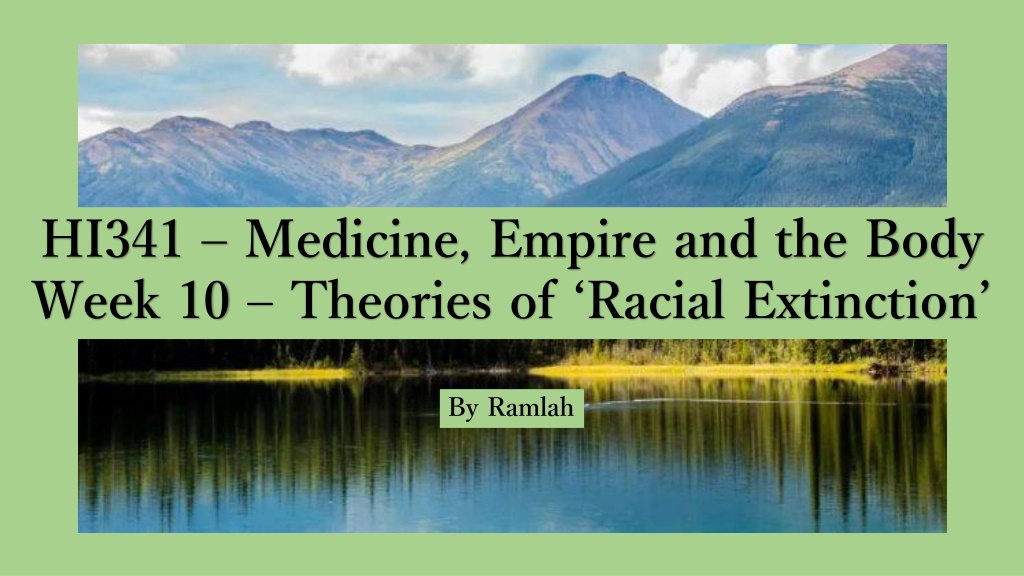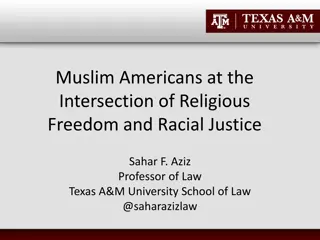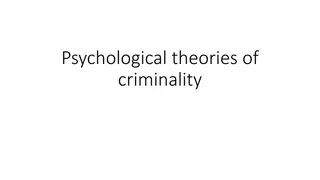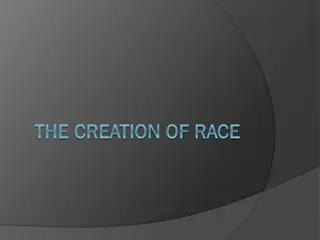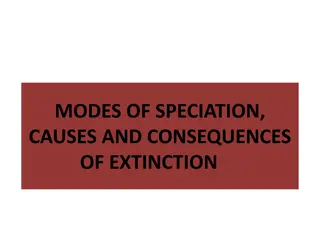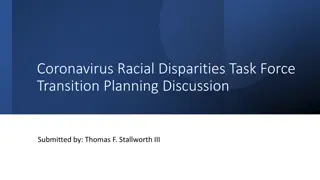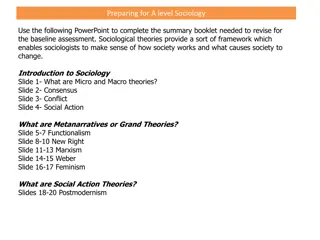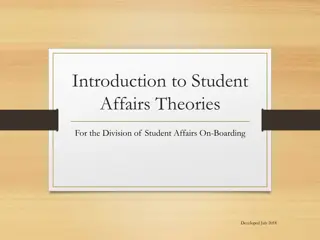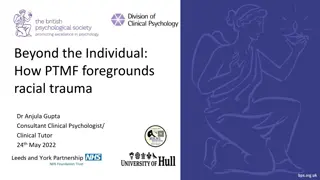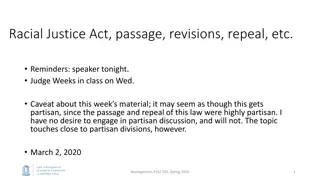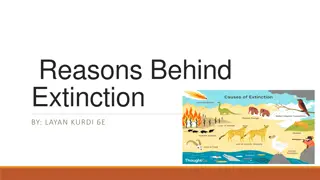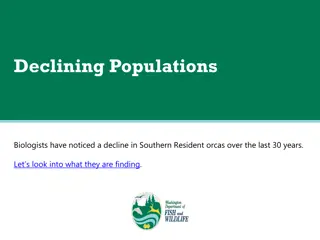Theories of Racial Extinction in Historical Context
This reading delves into the complex notions of racial extinction in various historical contexts, exploring how ideas of social Darwinism, eugenics, and colonial policies intersected to justify the depletion of indigenous populations. The texts discussed shed light on the troubling ideologies that underpinned theories of racial annihilation and the impact they had on different marginalized groups.
Download Presentation

Please find below an Image/Link to download the presentation.
The content on the website is provided AS IS for your information and personal use only. It may not be sold, licensed, or shared on other websites without obtaining consent from the author.If you encounter any issues during the download, it is possible that the publisher has removed the file from their server.
You are allowed to download the files provided on this website for personal or commercial use, subject to the condition that they are used lawfully. All files are the property of their respective owners.
The content on the website is provided AS IS for your information and personal use only. It may not be sold, licensed, or shared on other websites without obtaining consent from the author.
E N D
Presentation Transcript
HI341 Medicine, Empire and the Body Week 10 Theories of Racial Extinction By Ramlah
Sadiah Qureshi, Dying Americans: Race, Extinction, and Conservation in the New World, This reading focuses on the notion of dying races in histories of colonial contact, modern land rights , specifically in The Americas It was well established that flora and fauna, as well as colonized societies, were dying out in the face of contact with white settlers. From this, arose the possibilities of extinction, migration, and evolution, to explain the depletion of natural and social populations. Extinction was the justification that most people took, in the explanation of depleting indigenous populations, rather than the outcome of policies that we would now see as genocidal Social Darwinist Theories was also rooted in this, as it was claimed that extinction was an inevitable feature of global human contact. These intercultural encounters were a form of natural selection that functioned on the level of race, and when different races came into contact, they would compete for resources. Cultural development would determine who would outlive their rivals. These ideas informed policy-making in preserving the remaining population 1) Relocation/Removal 2) Confinement on Reservations 3) Assimilation 4) National Parks The remedial measures proposed ranged from there is none to the only practical remedy to prevent the total extinction of the Indian tribes, is to separate them entirely from the white race
Richard Weikart, 'Progress through Racial Extermination: Social Darwinism, Eugenics, and Pacifism in Germany, 1860-1918 This reading focuses on ideas of racial extinction in the context of Germany : Scientists and social thinkers begun to use social Darwinist arguments (and therefore Eugenics) to dismiss the idea that lower races could be elevated. As mentioned, this belief was premised on the idea that these people stood in the way of advanced culture and civilization. This came from the Darwinist idea that this was part of a human struggle for existence. A basis for racial annihilation came from this , whether it be from peaceful competition, or through warfare. This served theories of Lebensraum (which means Living Space). This was rooted in Darwinism, as it was claimed that land was one of the resources that caused races to compete. Presenting this ethnic hostility as inevitable and scientific , helped in the justification of the expansion of imperialism, and this biological racism was reflected directly into colonial policy What was ironic about all this was that many Eugenicists were also simultaneously pacifists, not because of modern warfare being high casualty, but because the wrong people died. The strong and fit died, and the weak and ill stayed home and fathered children.
Raeburn Lange, May the People Live: A History of Mori Health Development, 1900-1920 This reading focuses on the histories of M ori, the indigenous people of New Zealand: It was recognised amongst the Parekha (non-Maori people) that indigenous populations were decreasing since European imperial expansion Darwinian social sciences were also at play here too. The reason for population depletion was part of the universal struggle for existence and that the M ori were weaker and inferior , and their extinction was justified as part of the laws of nature . Calls for preserving the remaining population emerged and this all was reflected in responses by government and education policy Ethnocentric and Paternalist Assimilationist Problem of M ori poor health , pleas for medical work and sanitary reforms as a means of halting population decline However, Government believed the solution was in : individualization, detribalization and education , and purchasing M ori land on a large scale, for the purpose of Pakeha settlement What they required was a practical welfare system, but instead, they were left with a poor welfare system and simultaneous displacement from indigenous homelands In this sense colonial science could indeed be, as historians have now realized a tool of empire
Question : How were theories of extinction used to justify oppressive measures against indigenous people?
